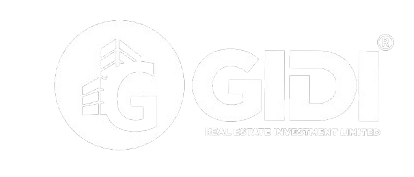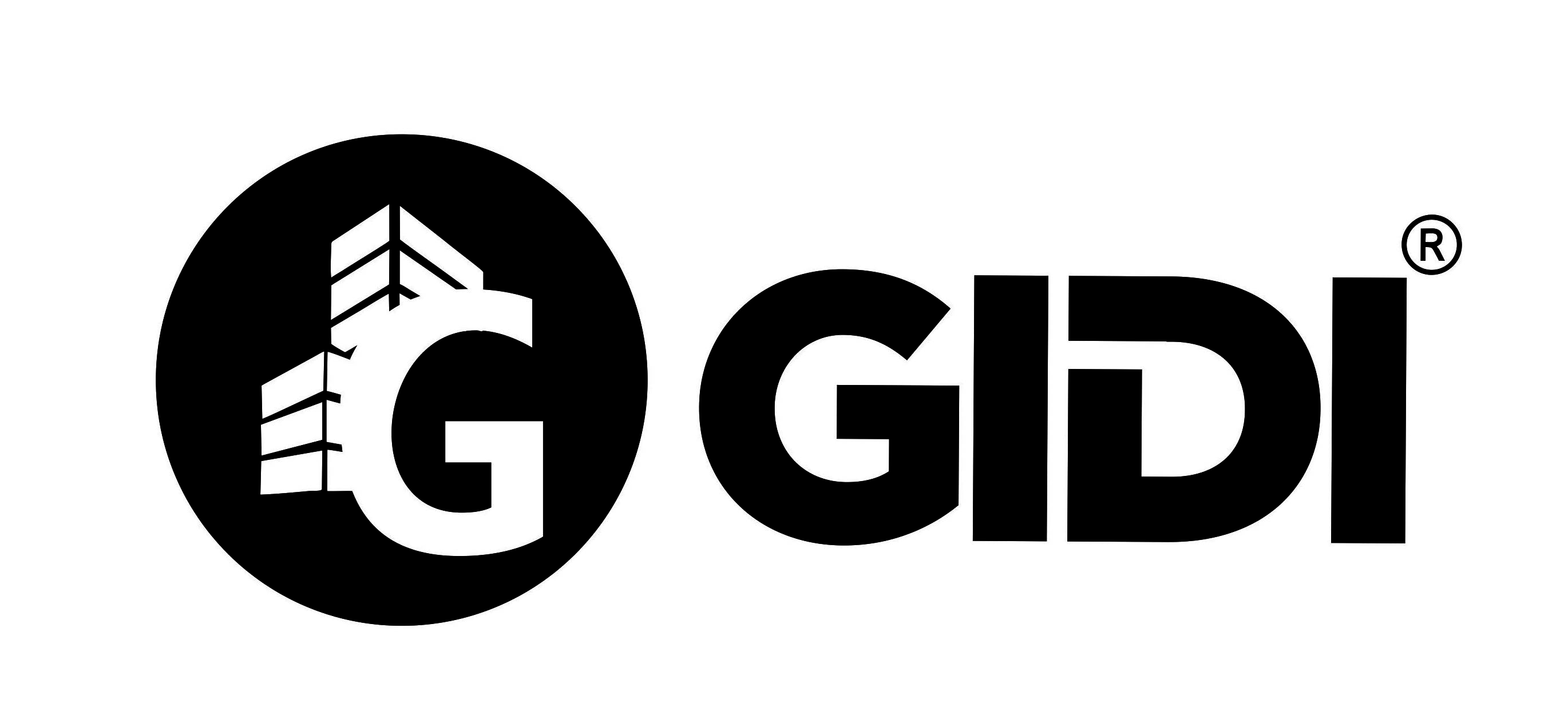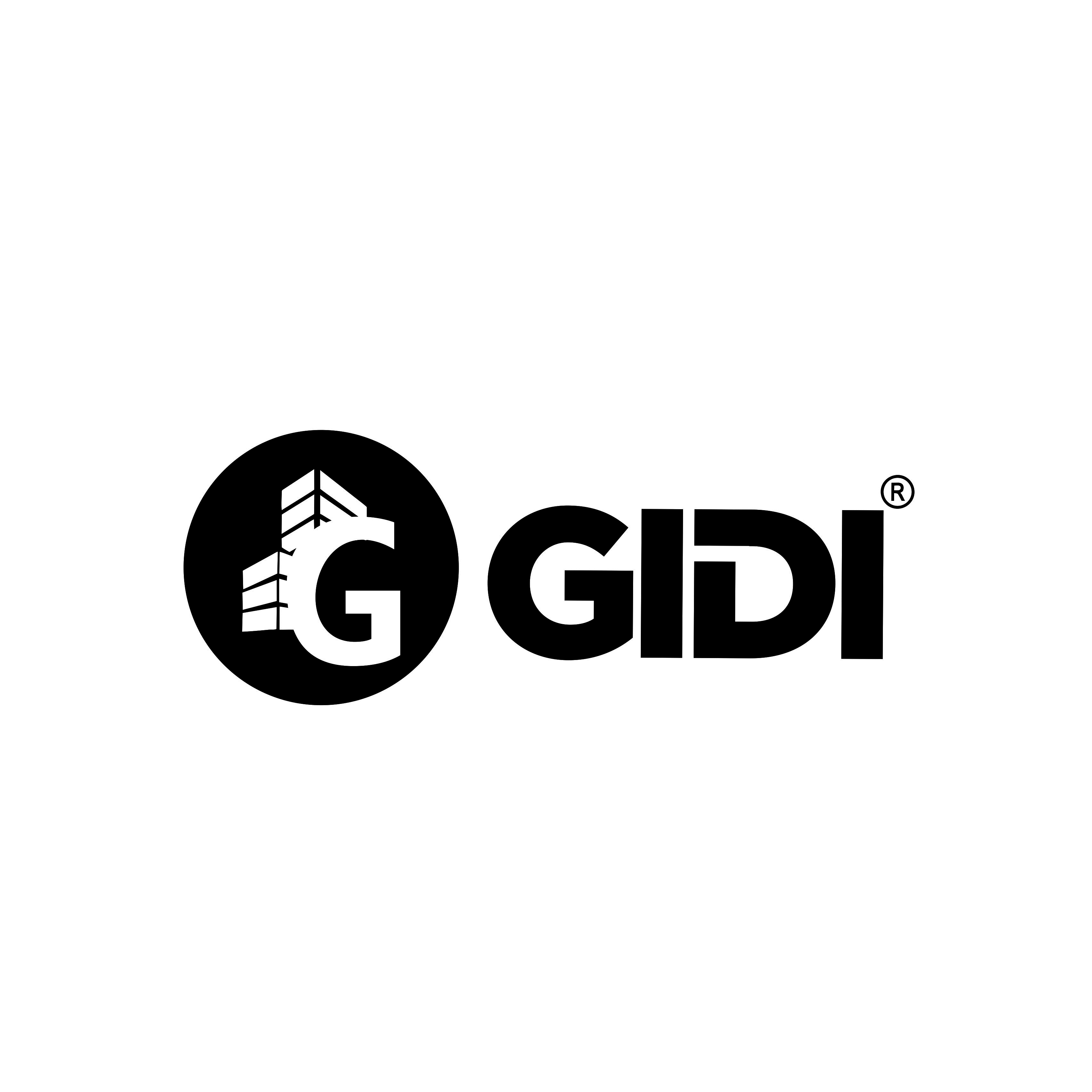Pros and Cons of Mass Housing Projects and Individual Housing Developments—Badrah Lawal

Resolving housing shortages across the continent requires an inclusive strategy which leverages different developmental approaches like mass housing projects and by bits, individual housing developments.
Although these approaches bear progressive solutions to the overall housing deficits across board, they also come along with some inevitable disadvantages we cannot ignore.
This article attempts to examine the pros and cons of mass housing projects against individual housing developments.
What are Mass Housing Projects?

Source: Unsplash
Mass housing projects are densely-repeated housing units aimed at reducing housing shortages in their location of development. These housing units are usually developed with urban living features to suit progressive housing developmental standards.
A good example is President Bola Ahmed Tinubu’s led-administration housing project, Renewed Hope Cities and Estates, which is projected to provide 100,000 housing units across Nigeria.
What are Individual Housing Developments?

Source: Unsplash
On the other hand, Individual housing developments are self-owned and developed housing units by citizens and/or residents of a country. In essence, these units can either be built by the residents single-handedly or bought from real estate developers and property providers around.
In contrast, this type of housing unit is the most common and prevalent across the country.
PROS OF MASS HOUSING PROJECTS
Notable benefits of mass housing projects include:
1. AFFORDABILITY: Evidently, mass housing projects use less to get more in terms of cost, and available resources like land for construction and overall development. Utilising lower cost and resources put this developmental type atop the table of affordability for subscribers and home finders alike.
2. DEVELOPMENTAL SPEED: The pace of construction is usually fast due to the developmental methods employed. In return, this fastracks the reduction of housing shortfalls in a shorter timeline than individual housing developments.
3. INFRASTRUCTURE AND FACILITIES: Mass housing projects are usually constructed with amenities like roads, parks, schools, etc, that serve the residents to promote their communal lifestyle and likewise their individual experiences.
4. SOCIAL INTEGRATION: Mass housing projects afford its residents the luxury of close interaction and engagement throughout their occupancy period.
5. URBAN PLANNING: Mass housing projects are key contributors to proper urban planning needs in a country or city of development. This system maximises land resource usage while providing necessary infrastructural needs for its residents.
CONS OF MASS HOUSING PROJECTS
The demerits of mass housing projects are:
1. OVERCROWDING: The large number of residents mass housing projects accommodate can cause strains in infrastructures and amenities available in this system as well. Hence, there is an utmost need for proper and consistent management of these facilities to sustain the housing units extensively.
2. LACK OF CUSTOMIZATION: In this type of development, the need for privacy might be lost as residents are restricted to one-directional design and architectural features of the housing units.
The residents don’t enjoy the flexibility of choosing features of their individual units because of the overall uniform design for these projects.
3. QUALITY CONCERNS: There is a constant query of housing quality in mass housing projects. The possibilities of compromising construction materials quality is higher in this system when compared to individual housing developments.
And this is solely because residents are not usually contributors or observers during the projects’ developmental stages.
PROS OF INDIVIDUAL HOUSING DEVELOPMENTS
Individual housing developments offer benefits like:
1. CUSTOMIZATION AND PERSONALIZATION: In this type of housing projects, residents decide the exact choice of design and housing features they desire. It allows their individuality to shine through the housing units, hereby improving their overall lifestyle and experience in these houses.
2. NEIGHBOURHOOD DIVERSITY: A direct result of customization and personalisation for individual housing developments is the varying design structures and styles the residents actualises. This distinctively improves the overall outlook and aesthetics of the housing neighbourhood.
3. PRIVACY AND INDEPENDENCE: Individual housing units are usually exclusive to their residents. Here, it is usually to each man, its own. This allows for prime independence and privacy privilege for all residents of these units.
4. PROPERTY VALUE AND APPRECIATION: Properly designed and managed individual housing units can easily appreciate in value and serve as a source of wealth generation for its residents in the long run. Subtle modifications and improvements to fit trends can increase the properties’ market value and directly boost the homeowners property value.
CONS OF INDIVIDUAL HOUSING DEVELOPMENTS
Lastly, the cons of individual housing developments are:
1. LAND UTILISATION: These housing units use more land resources when compared to mass housing projects. The freedom to customise and personalise houses designs and spaces can directly increase the overall land usage which doesn’t help land resource availability and proper utilisation.
2. HIGH DEVELOPMENTAL COST: The disjointed land purchases and construction materials increase the overall developmental costs for individual home builders.
When compared to mass housing projects, the cost is extensively higher, and this can directly reduce the potential of solving the housing deficit due to its expensive nature.
3. POOR FRAGMENTED INFRASTRUCTURE: Urban planning and infrastructural features of individual housing units are not usually centralised and uniform. The urge and freedom of customization strains the prospect of effective urban planning in this housing type.
4. SOCIAL DISCONNECTION: The increased need of and indulgence in privacy in individual housing projects can easily lead to an inevitable social disconnection amongst residents.
This is because residents are usually cut away from interaction with neighbours which is counterproductive to the communal living urge of humans.
CONCLUSION
Recognizing the possible pros and cons of both mass housing and individual housing developments offers us a great deal of insight for progressive and more sustainable real estate innovations.
In fact, this knowledge is one of the leading compasses for us, at Gidi Real Estate Investment Limited, in our product development and creation stages. This is evident in our set-to-launch estate development, Civic Residence, a community of progressive and civil residents.
This project comfortably merges the features of reinvented living with exclusivity and individuality without neglecting our innate urge for communal cohabitation. It is strongly advisable, for developers and real estate property firms, to consider these pros and cons keenly during their housing projects and developments to largely influence the sustainability of reducing the housing deficit across the continent.
Badrah Lawal is the Business Development Manager of Gidi Real Estate Investment Limited.




